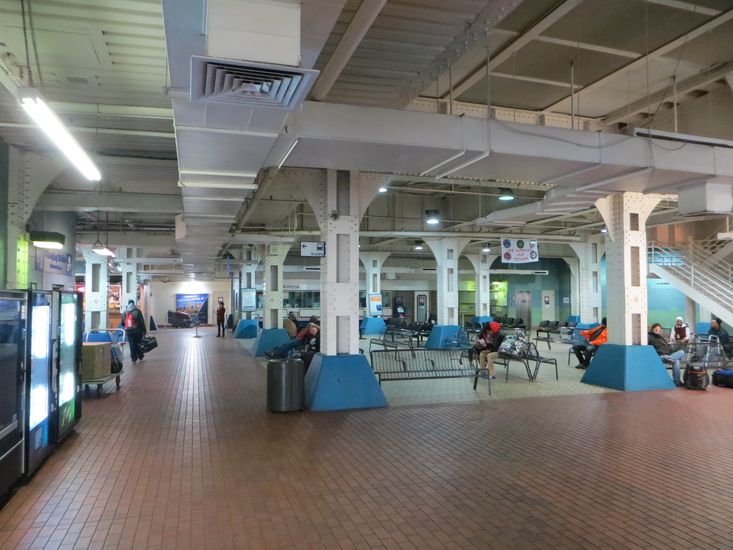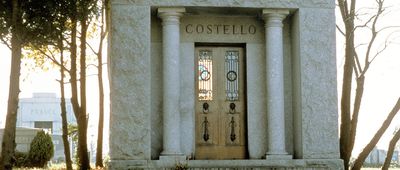All Aboard!
For about 100 years, from the mid 1800s until the middle of the 20th century, railroads ruled the nation. The major rail companies — Southern Pacific, New York Central, Baltimore & Ohio, Pennsylvania Railroad, and others — built Gilded Age temples to transport in cities from coast to coast. But after World War II, the railroads and their grand stations quickly fell into decline. One by one, these grand train stations were abandoned or destroyed, until only a handful remained by the 1980s. But then something wonderful happened: The train stations came back. Some were converted to hotels, museums, and event spaces, while others have been restored as hubs for bus, light rail, and Amtrak service. Climb aboard for a look at some of the most beautiful train stations in the U.S.



























































